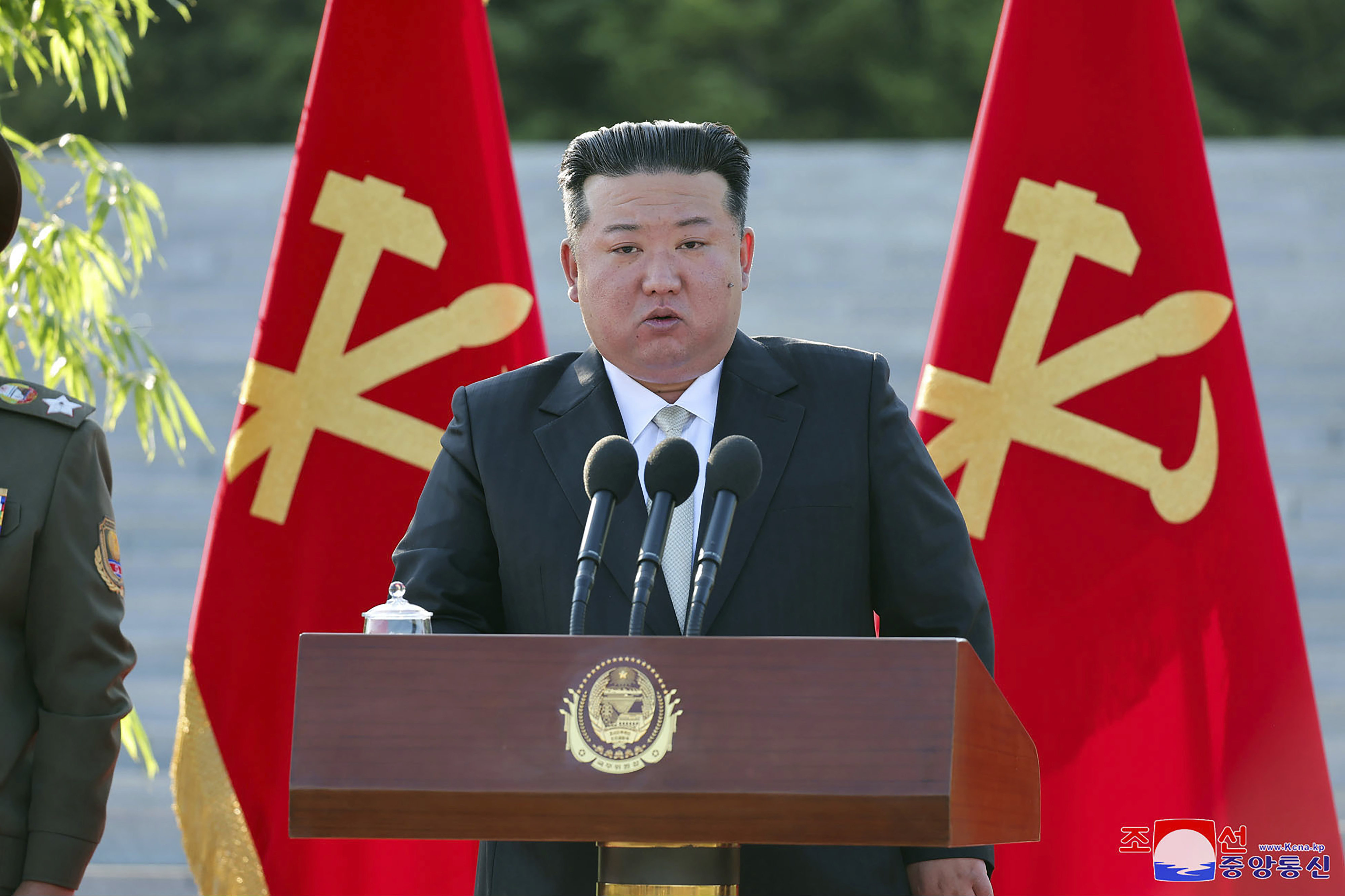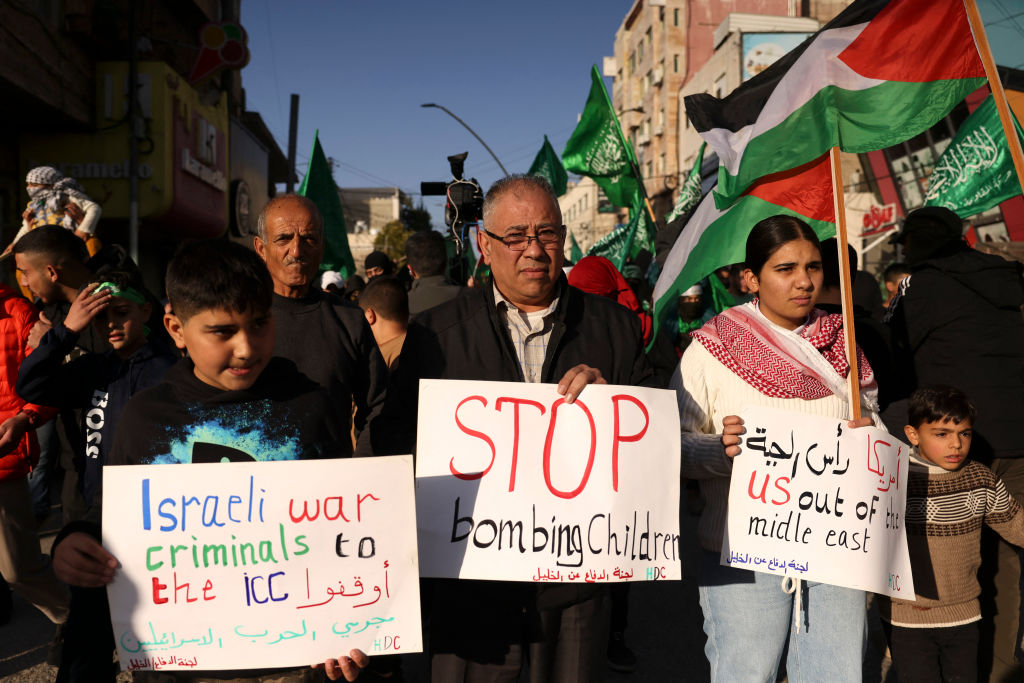
Seoul, South Korea — North Korea launched balloons carrying trash and manure over to South Korea, leading to one of its most outrageous provocations against its rival in years. This prompted the South’s military to bring together chemical and explosive response teams to recover the objects and debris in various parts of the country.
North Korean leader Kim Jong Un has urged his military scientists to overcome challenges and continue developing space-based reconnaissance capabilities, which he has described as essential for countering U.S. and South Korean military movements, state media announced Wednesday.
Commenting on the launch failure for the first time, Kim also warned of unspecified “overwhelming actions” against South Korea over an exercise involving 20 fighter jets near the inter-Korean border not long before North Korea’s failed launch on Monday. In a speech on Tuesday, Kim described the South Korean reaction as a “hysterical attack formation flight and strike exercise” and “direct military challenge” towards North Korea, the North’s official Korean Central News Agency reported Wednesday.
South Korea’s Joint Chiefs of Staff declared that North Korea has been launching a large number of trash-carrying balloons toward the South since Tuesday night in retaliation against South Korean activists for across the border.
The South’s military reported that approximately 260 North Korean balloons had been found in various parts of the country by Wednesday afternoon. Military rapid response and explosive clearance teams are recovering the balloons. The military has stated that the balloons contain trash and manure of various types, however, they have not yet found any human excrement. The military has instructed civilians to refrain from touching objects from North Korea and to report any discoveries to military or police.
North Korean Vice Defense Minister Kim Kang Il said in a statement released over the weekend that the North intends to disperse “mounds of wastepaper and filth” over border areas and other parts of South Korea, describing it as a “tit-for-tat” action against the leafletting by South Korean activists.
Later on Wednesday, Kim Yo Jong, the influential sister of the North Korean leader, used state media to criticize a statement from the South Korean military demanding that the North cease its “inhumane and vulgar activity.” She argued that the North was merely exercising its right to freedom of expression, which the Seoul government has used as justification for its own inability to prevent anti-North Korean activists from flying leaflets across the border.
“Once you understand how nasty and tiring it is to pick up dirty filth, you will realize that you shouldn’t talk about freedom of expression so easily when it comes to (leafletting) in border areas,” she said. “We will make it clear that we will respond with tens more times the amount of filth to what the (South Koreans) spray to us in the future.”
South Korean military has released photos that show trash scattered across highways and roads in different parts of the country. In Seoul, the capital, military officers discovered an object that looked like a timer and was probably meant to burst the bags of trash mid-air. In the central South Chungcheong province, two massive balloons carrying an unopened plastic bag filled with dirt-like materials were seen on a road.
There have been no reports of any damage caused by the balloons so far. In 2016, similar North Korean balloon activities damaged cars and other property.
Kim Jong Un’s remarks about the satellite were made during a speech at the North’s Academy of Defense Sciences, which he visited a day after a rocket carrying what would have been his country’s second military reconnaissance satellite exploded shortly after liftoff. North Korea’s aerospace technology administration explained the explosion could be related to the stability of a newly developed rocket engine that uses liquid oxygen as an oxidizer and is powered by petroleum.
Animosities between the Koreas are at their worst level in years as the pace of both Kim’s weapons demonstrations and South Korea’s joint military exercises with the U.S. and Japan have intensified since 2022.
The failed satellite launch was a setback to Kim’s plan to launch in 2024 after North Korea’s was placed in orbit last November. The November launch came after two unsuccessful attempts.
The United States, South Korea, and Japan criticized Monday’s launch because the United Nations forbids North Korea from launching such rockets, on the grounds that they are disguised .
North Korea has regularly maintained its right to launch satellites and test missiles in the face of what it perceives as U.S.-led military threats. Kim has discussed spy satellites as essential for monitoring U.S. and South Korean military movements and enhancing the threat posed by his nuclear-capable missiles.
“Even though we did not achieve the desired results in the recent reconnaissance satellite launch, we must never be afraid or discouraged but make even greater efforts,” Kim said. “It is expected that one learns more and makes greater progress from failures.”
North Korea has not provided any information about when they will be prepared to attempt another satellite launch, which some experts believe could take several months.
According to some South Korean specialists, the mention of a liquid oxygen-petroleum rocket engine in state media suggests the North is trying to develop a more potent space launch vehicle capable of handling larger payloads.
According to Chang Young-keun, a missile expert at South Korea’s Research Institute for National Strategy, it is believed that North Korea’s previous space rockets employed unsymmetrical dimethylhydrazine as fuel and dinitrogen tetroxide as an oxidizer. The nation’s quick switch in space rocket design may indicate external technological support, possibly from Russia.
Kim has been increasing the visibility of his ties with Russia in recent months, highlighted by a in September, as they align in the face of their separate confrontations with Washington. Kim’s meeting with Putin took place at a spaceport in the Russian Far East and came after North Korea’s consecutive failures in its attempts to launch its first spy satellite. Putin told Russian journalists afterward that Moscow was willing to aid the North in building satellites.
The U.S. and South Korea have also accused North Korea of supplying Russia with artillery shells, missiles, and other military equipment to prolong its hostilities in Ukraine.


